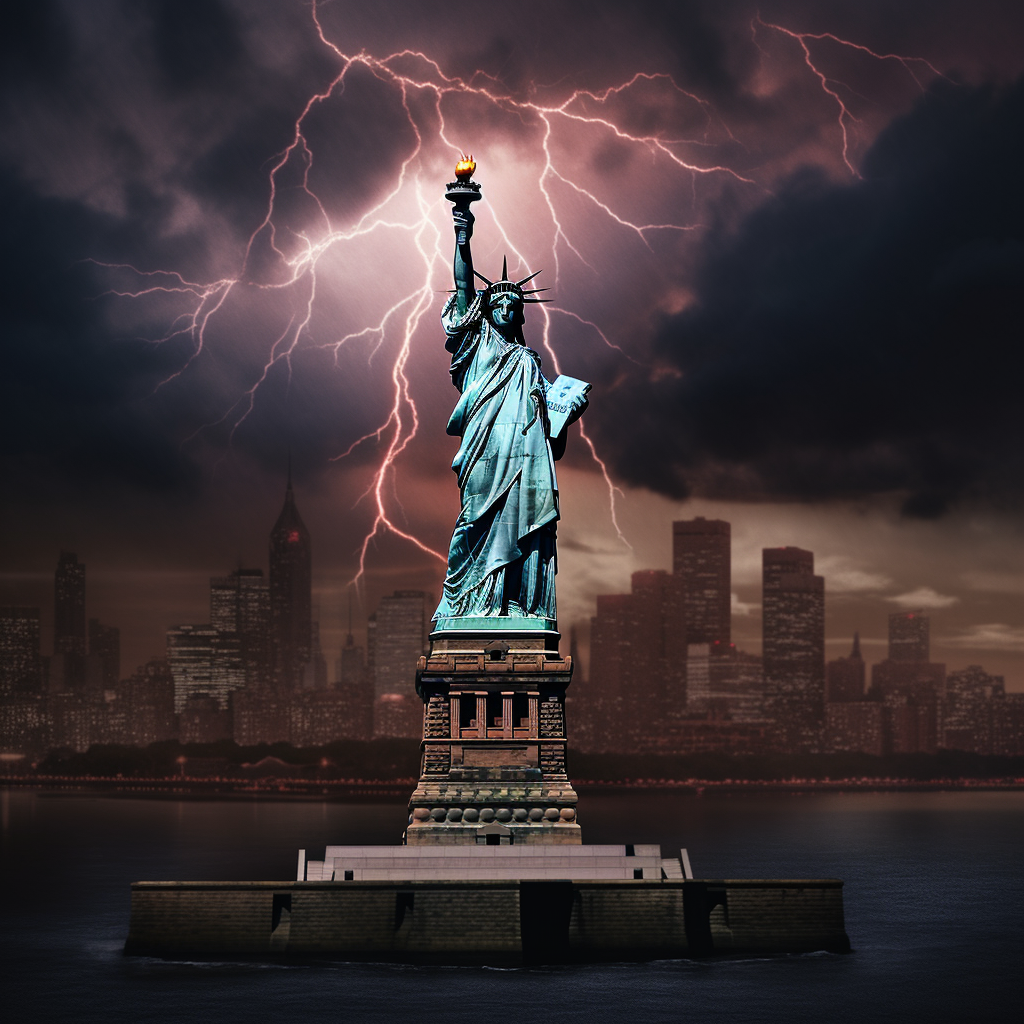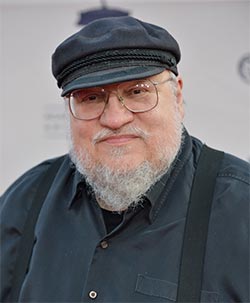
I was born and raised in Bayonne, New Jersey, a city of about 70,000 just south of Jersey City in the greater New York metropolitan area. Bayonne sits on a peninsula, with New York Bay on one side and Newark Bay on the other, the two of them connected by the deepwater channel called the Kill Von Kull. For most of my childhood I lived across the street from the Kill. I could watch the freighters come and go, day and night, flying flags from all the countries of the world. The Bayonne Bridge, down at the other end of First Street, connected the city to Staten Island. Despite its proximity to the Big Apple, Bayonne was never a suburb; very few of its residents commuted to work, at least back then. Bayonne was its own place, a densely packed industrial city where generations of locals had been born and raised, gone to school, found jobs, got married, had children. Most of them worked blue collar jobs, for Texaco or one of the other oil refineries in town, or for Best Foods, or for Maidenform. Or else they worked on the docks, like my father, a longshoreman. Bayonne was home to a huge naval base, where battleships and destroyers and transports of all types were dry docked and serviced from World War II to Vietnam.
Bayonne was very much a workingman’s city. It was also an ethnic city. We had Irish, Italians, Poles, Germans, and a scattering of other nationalities. Some Protestants and some Jews, but they were heavily outnumbered by the Roman Catholics. Each ethnic group had its own parish, its own church, its own Catholic school… its own feast days and festivals, its own softball teams. There were rivalries between the various ethnicities, there were tasteless jokes… but I do not recall any real hatred. When our parents and grandparents talked about “the old country,” some meant Italy, some meant Poland, some meant Ireland… but they were all Americans now. The things that set them apart were unimportant compared to the things they had in common.
They were all immigrants.
Or the sons and daughters of immigrants. Or the grandsons and granddaughters. Or… well, go back as many generations as you like. My Irish ancestors came over during the potato famine. I am a mongrel myself. Irish, German, Jewish, Italian, a bit of English, a dollop of Welsh… a probably more. I had Irish friends, Italian friends, Jewish friends, you name it. Only a few were first generation, mind you, but everyone knew their heritage, and everyone was proud of it. And proud of being American.
I could see Staten Island from the windows of our apartment in the projects. From the Hook on the northeast shore of Bayonne, however, you could see the skyscrapers of Manhattan, Ellis Island, and the Statue of Liberty.
I wonder, can you see the Statue from Trump Tower? Somehow I doubt it.
Though Lady Liberty was a gift of France (our first friend, and oldest ally) nothing has ever been so quintessentially American. For generations of immigrants, she was the first thing they saw as their ships pulled into New York harbor (steaming past Bayonne and its docks on the way). She stood for all that was best of this new country. For hope. For freedom. For the dream of a new life.
We are a nation of immigrants. Except for my Native American friend, all of us came from somewhere else. Immigrants were not often welcome with open arms. The Dutch were not thrilled when the English took New Amsterdam. The English resented the arrival of so many Irish. The Irish and the Italians did not love each other, and neither of them were thrilled to see so many Poles getting off the ships. And the Jews… nobody wanted the Jews. But in time, all of them learned to get along. There were gangs, there was crime, there were riots… but the immigrants worked together, played together… ate each other’s food, played ball together, slept with each other, married each other to produce mongrels like me. The melting pot worked its magic. We all became Americans. No matter where our parents came from.
Emma Lazarus said it best, in the words on Lady Liberty’s base.

The New Colossus
Current Mood:  angry
angry




